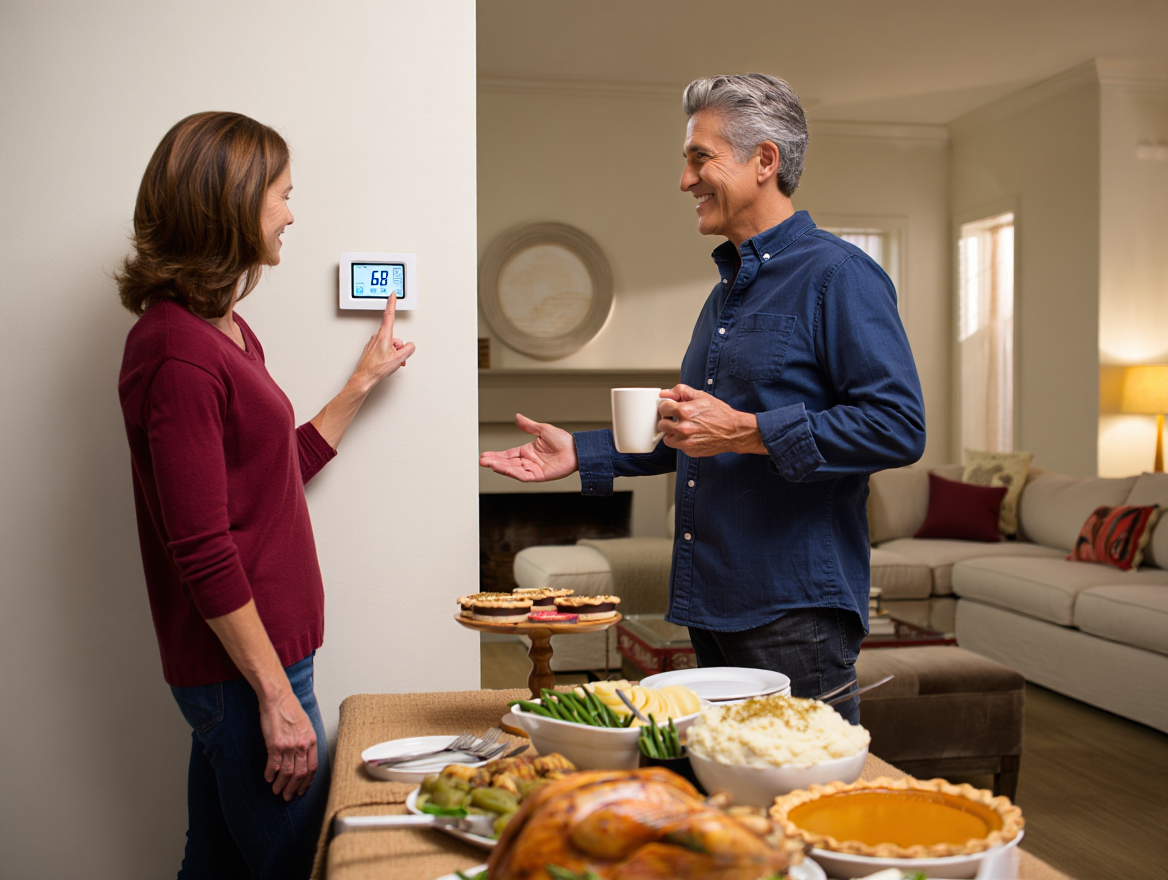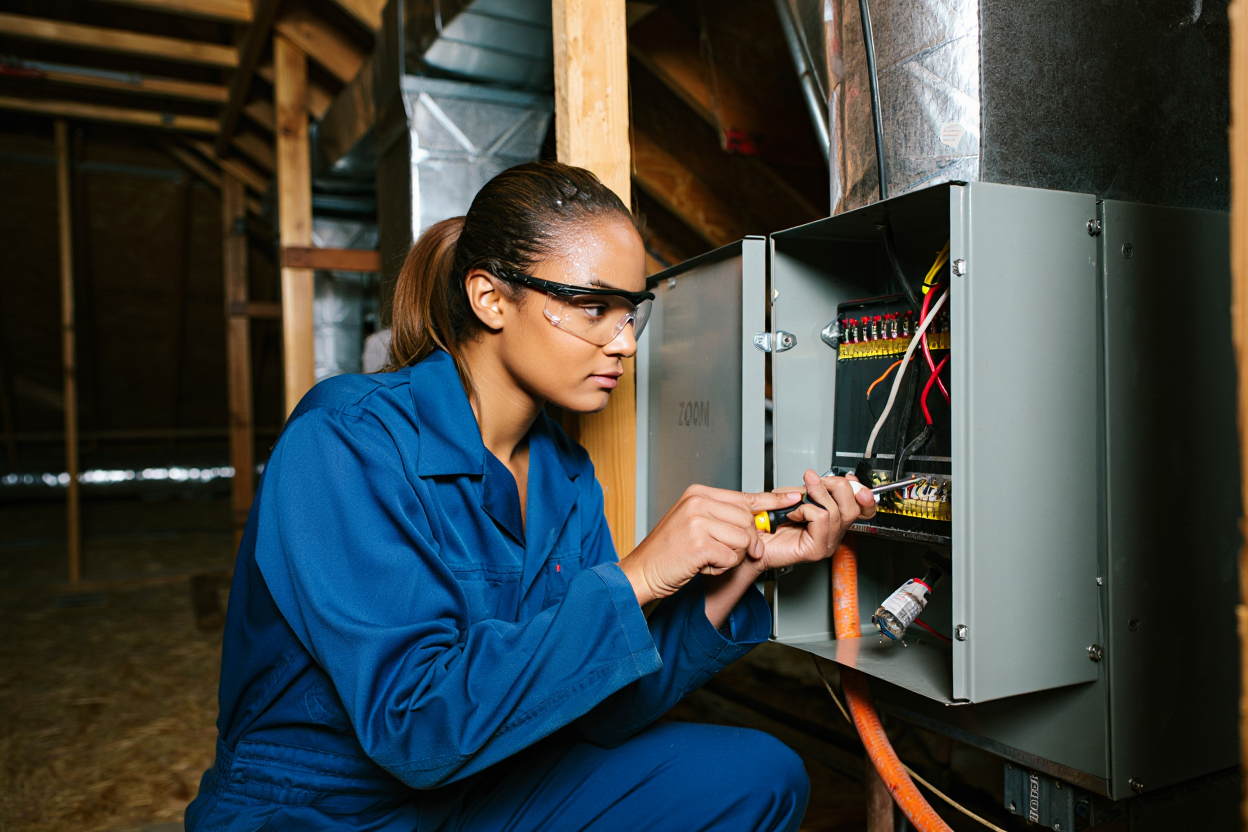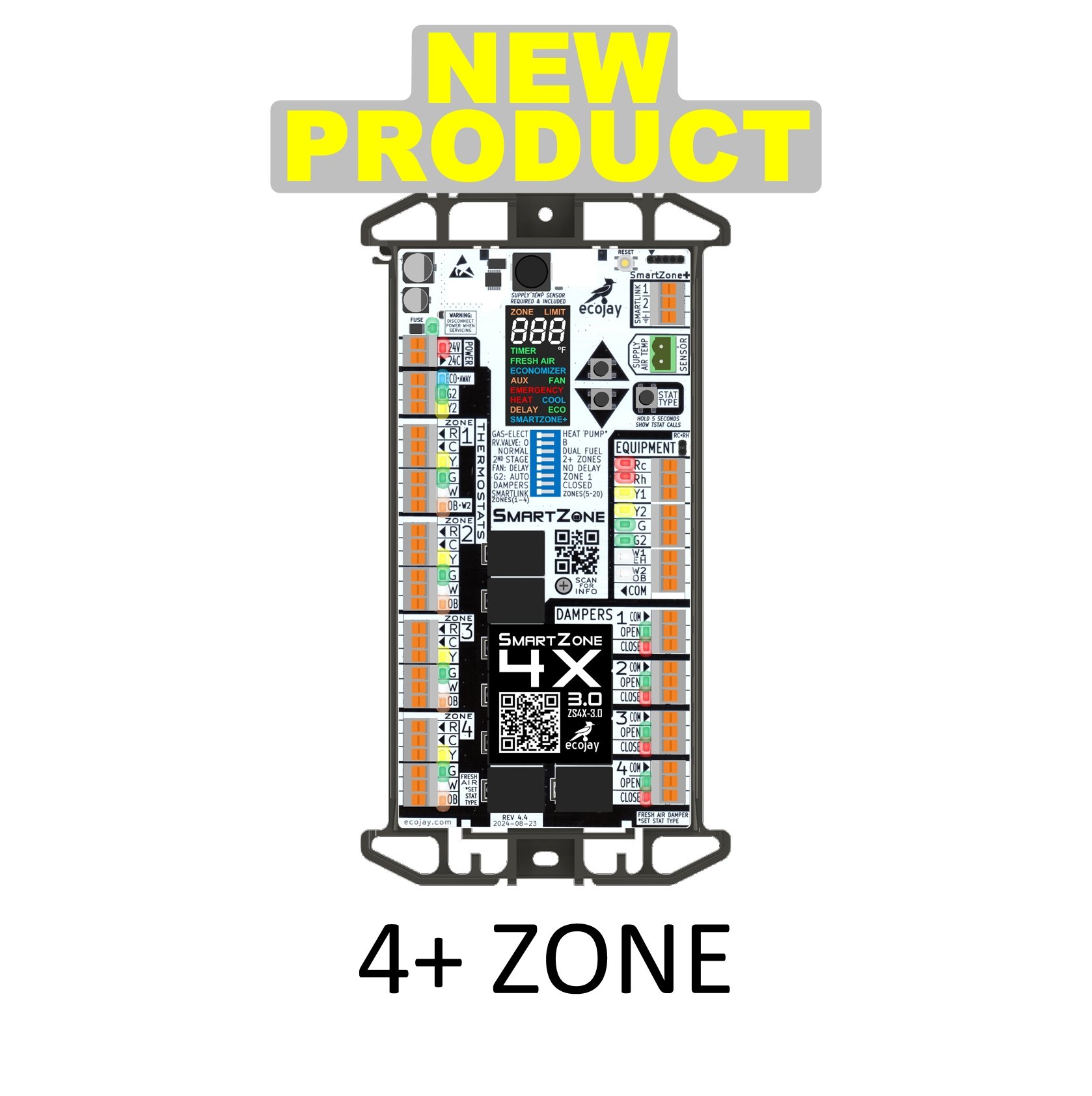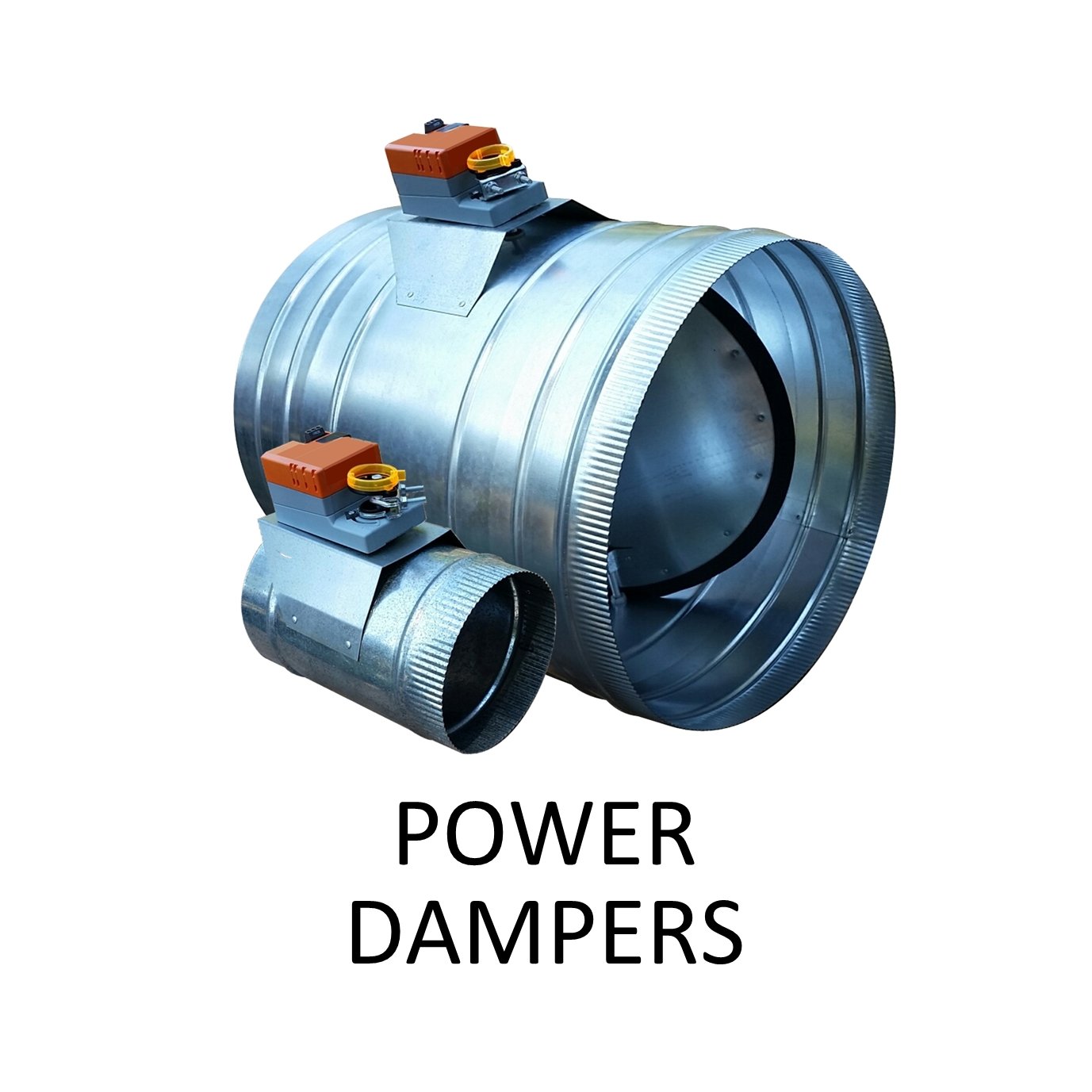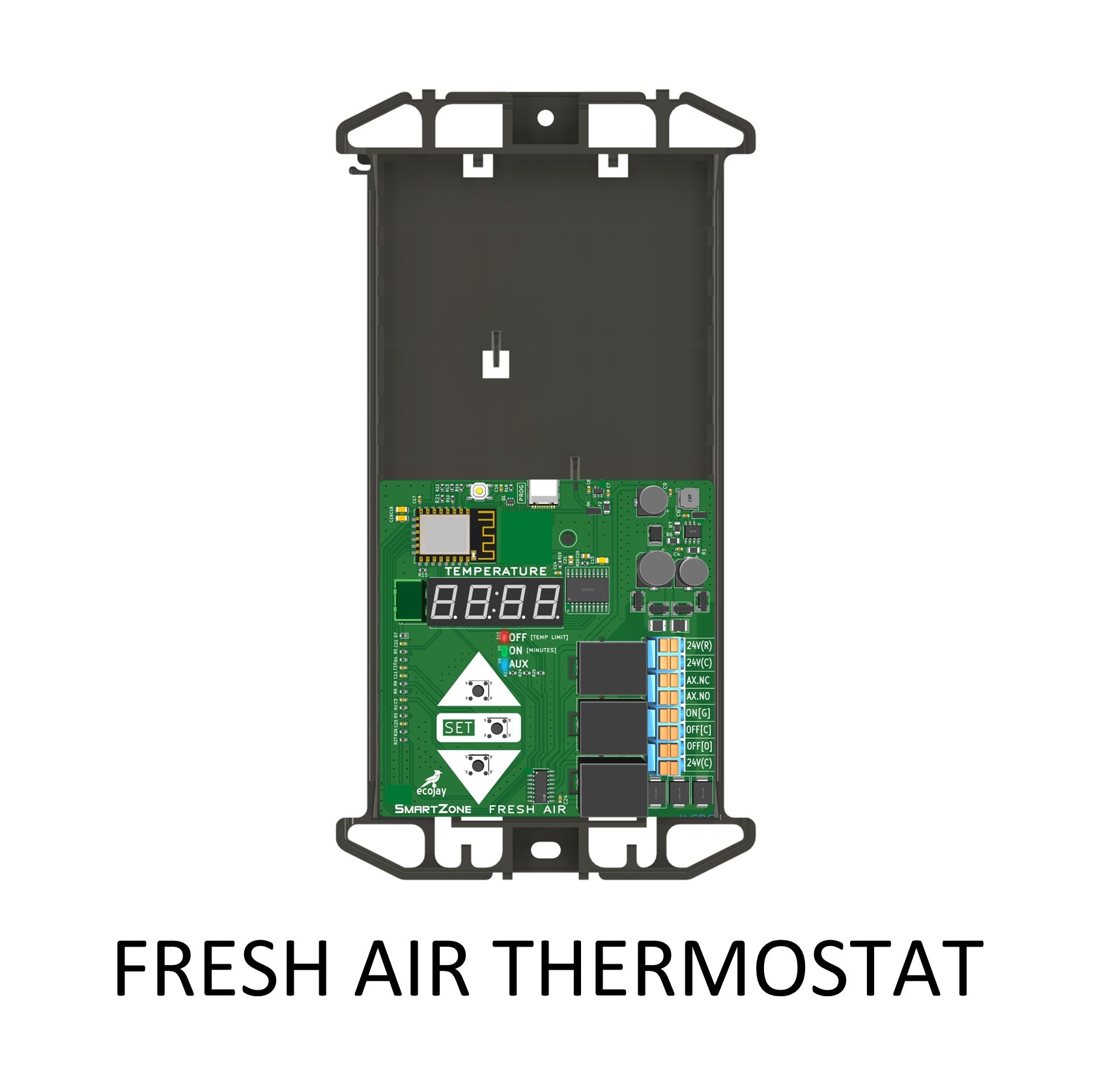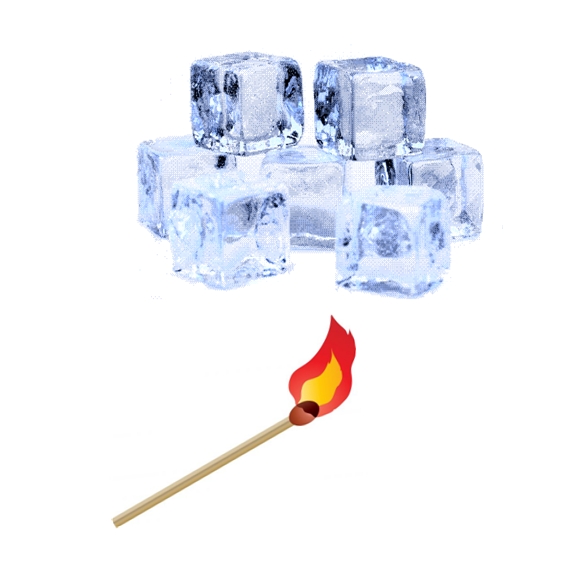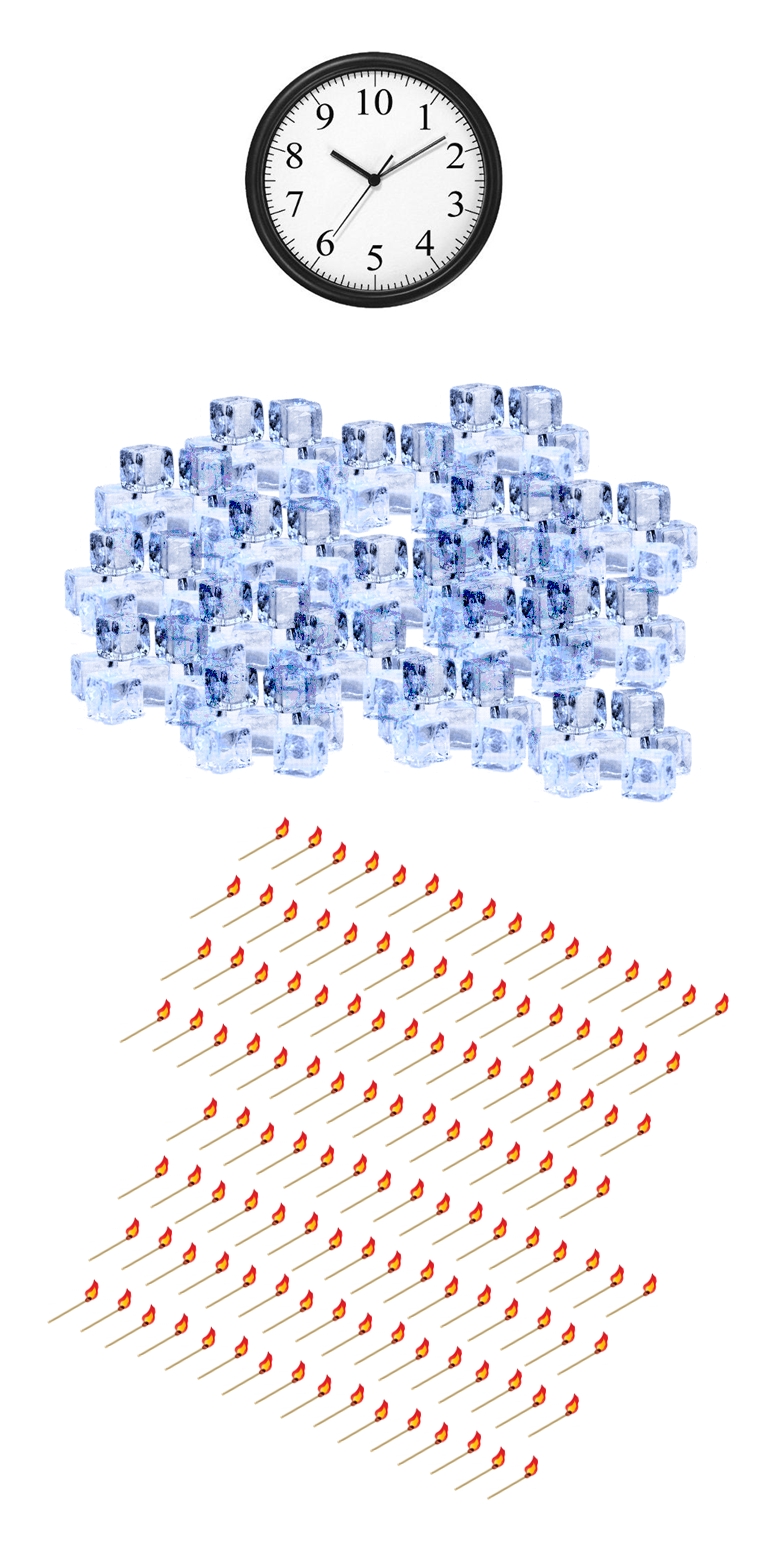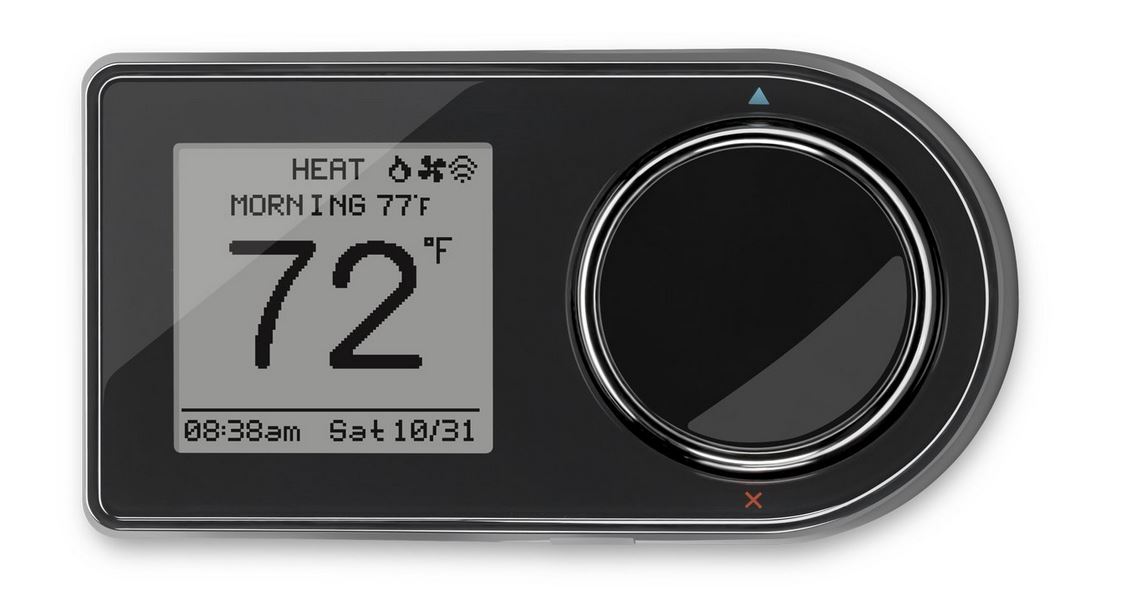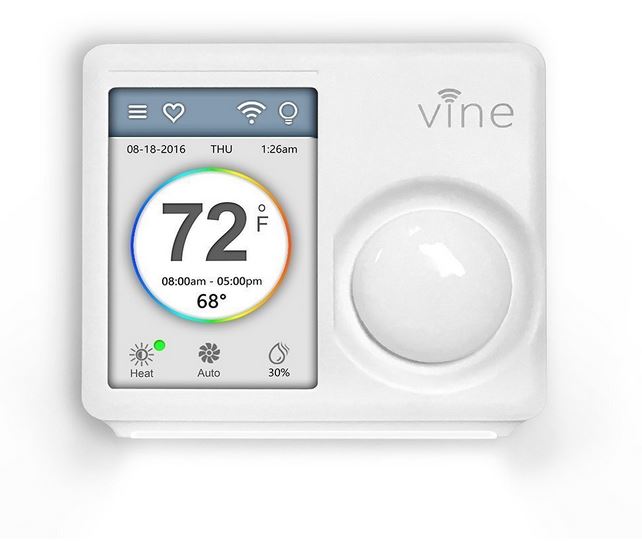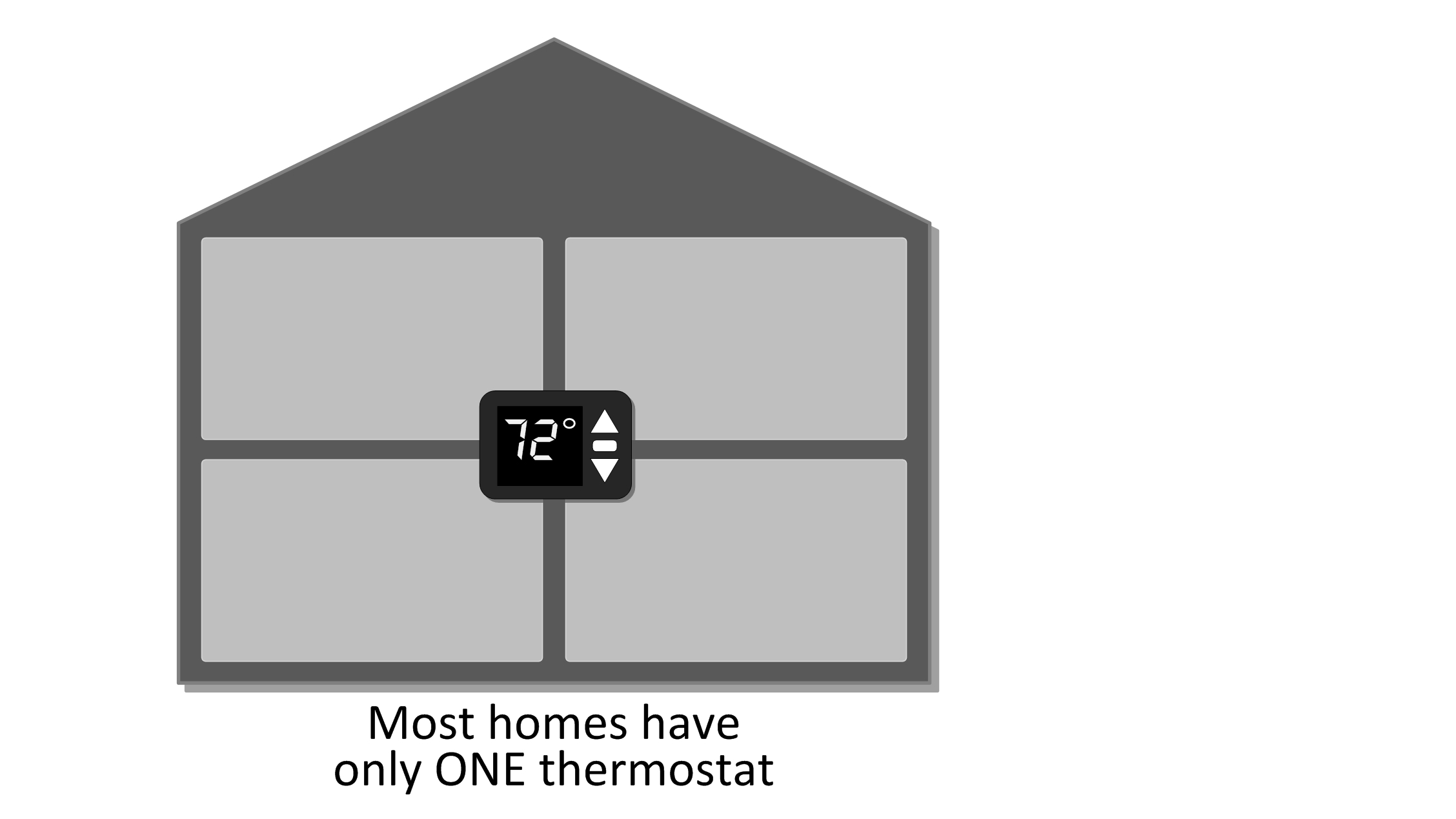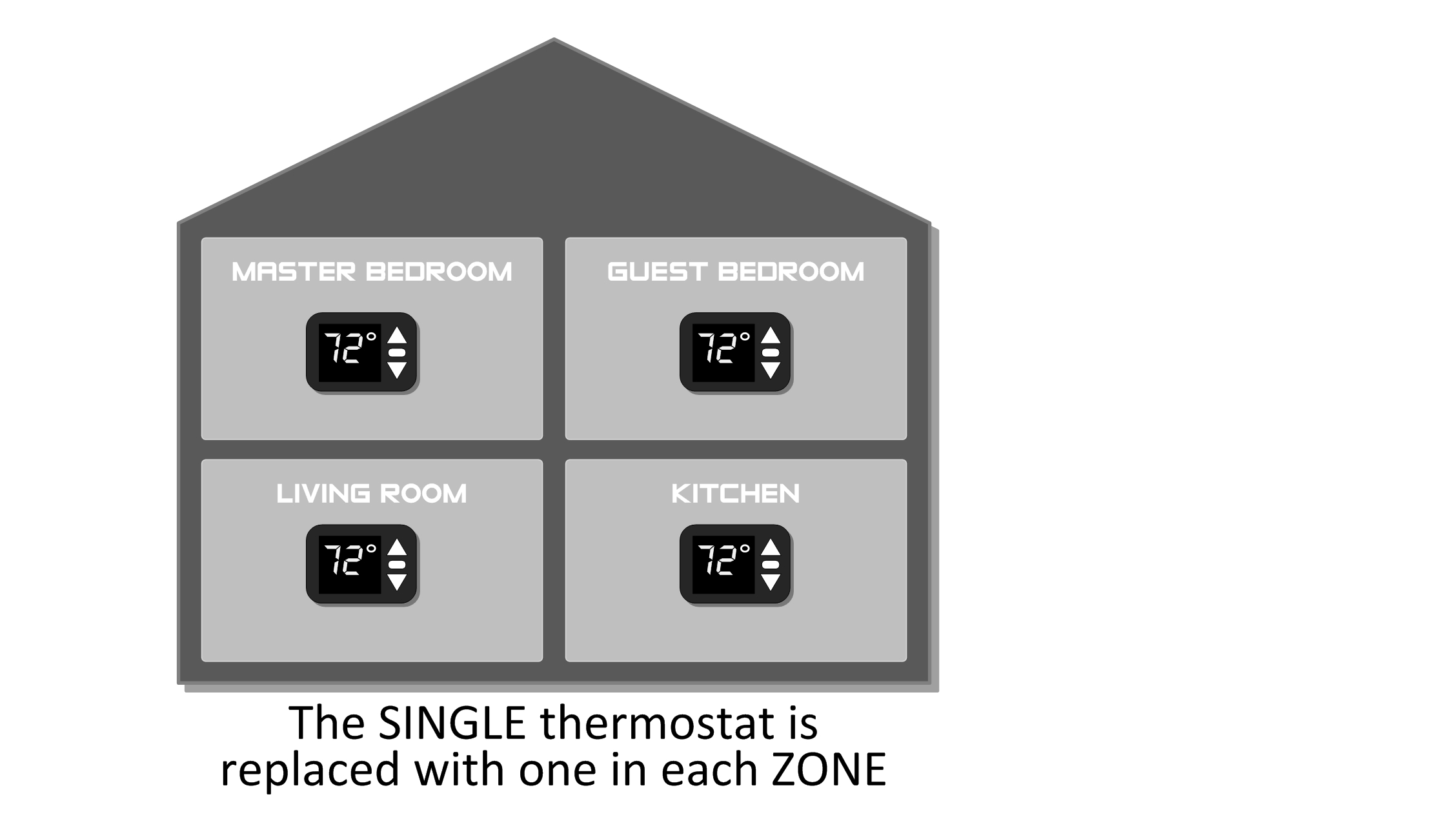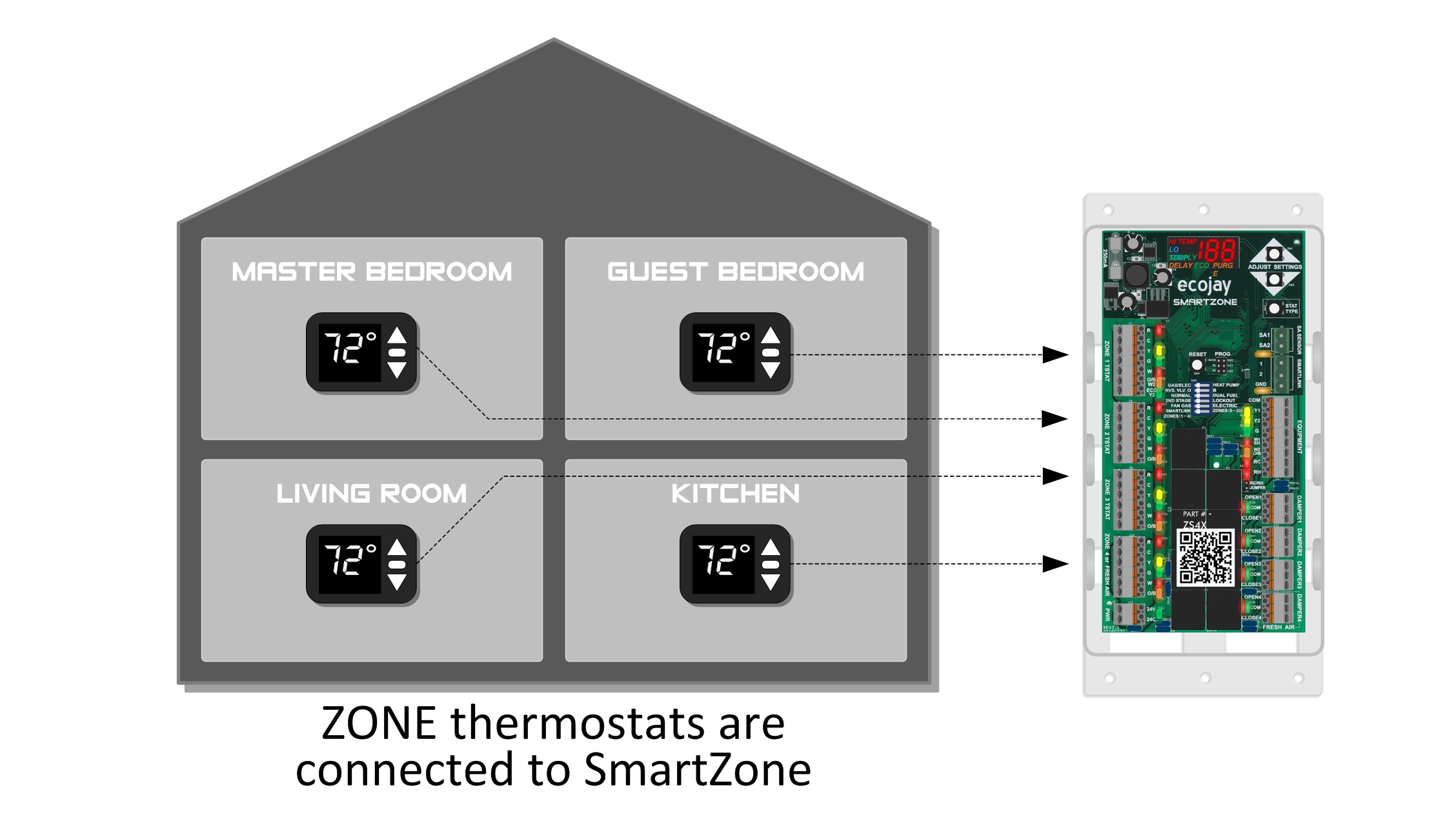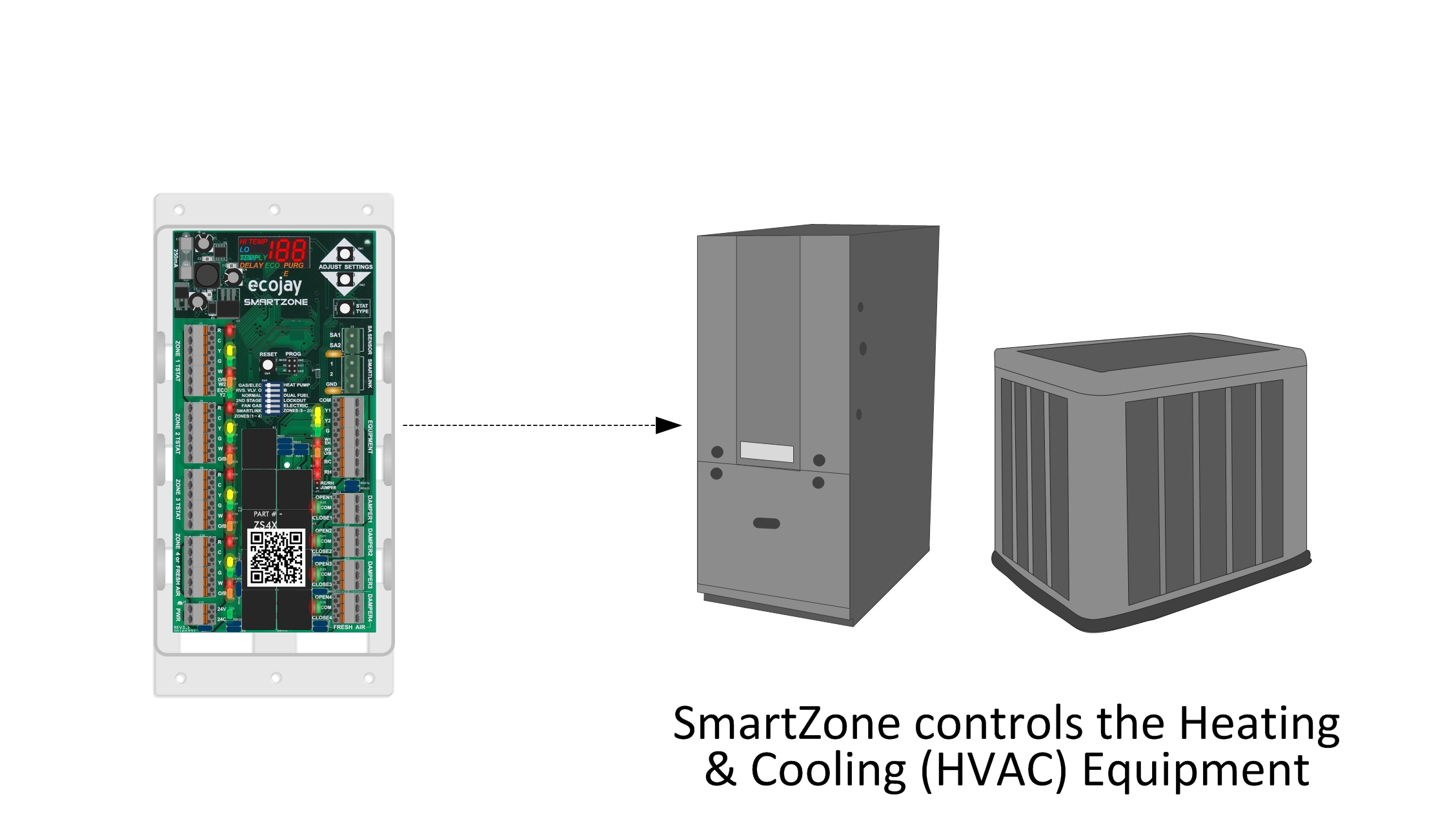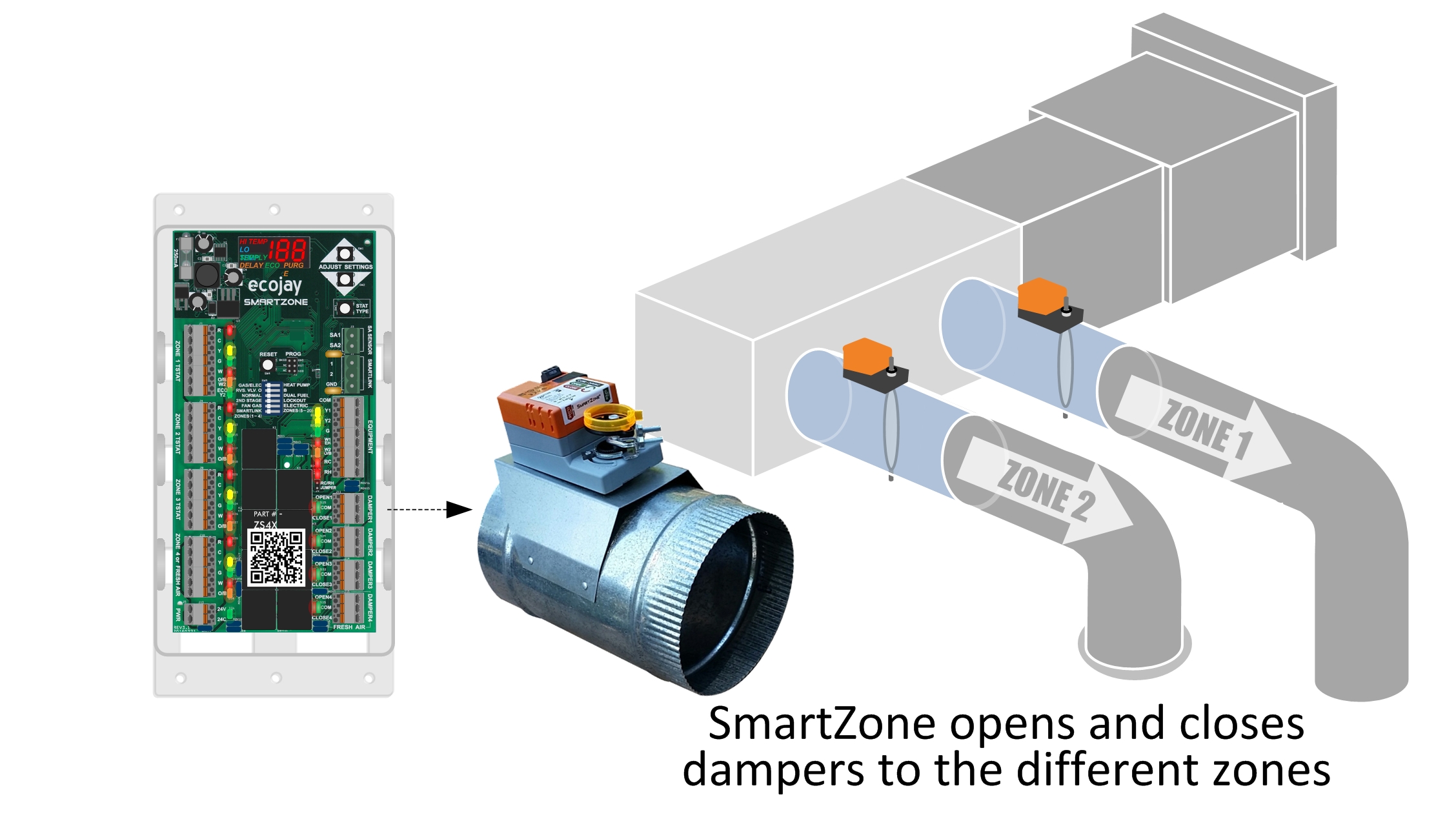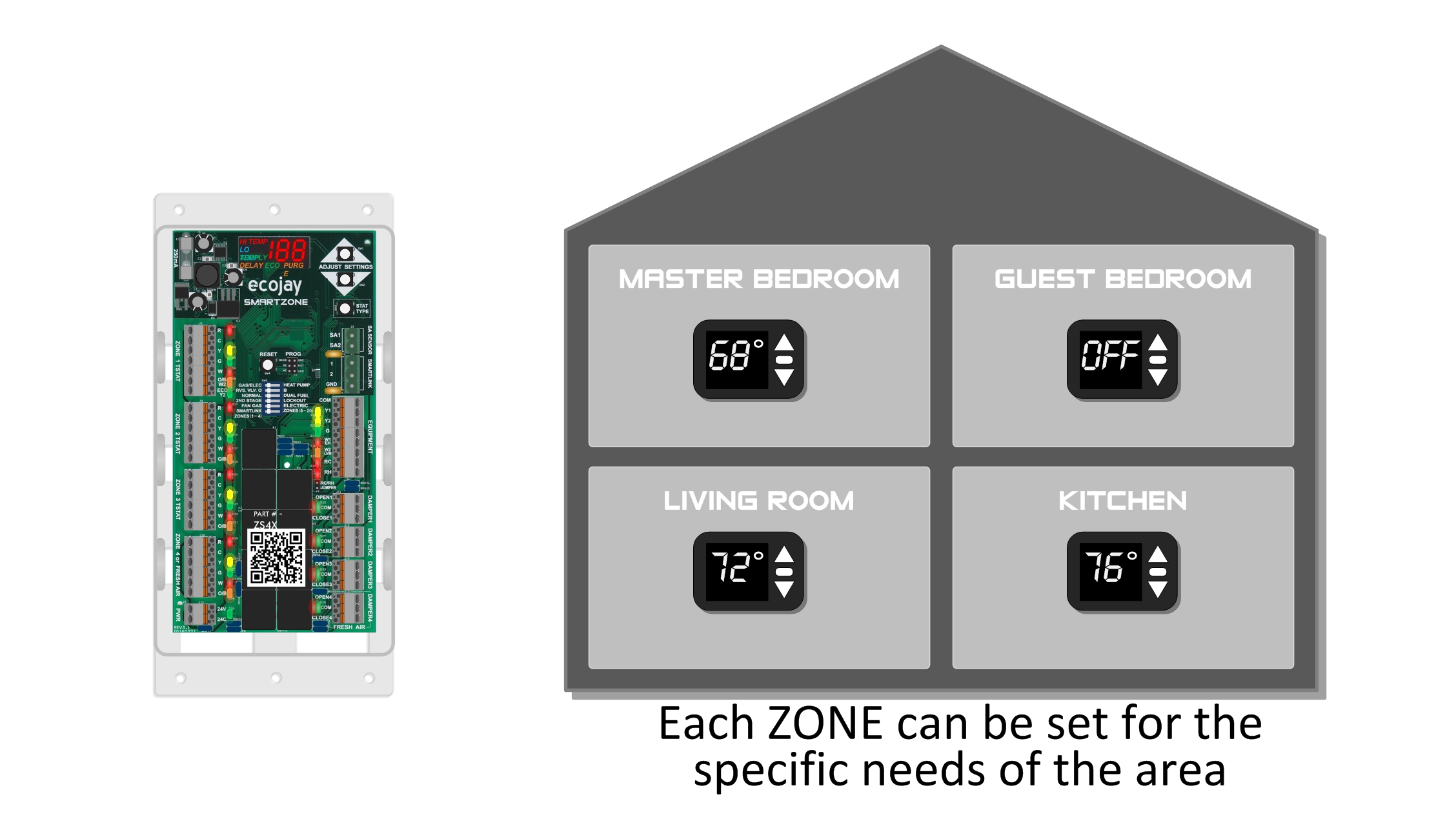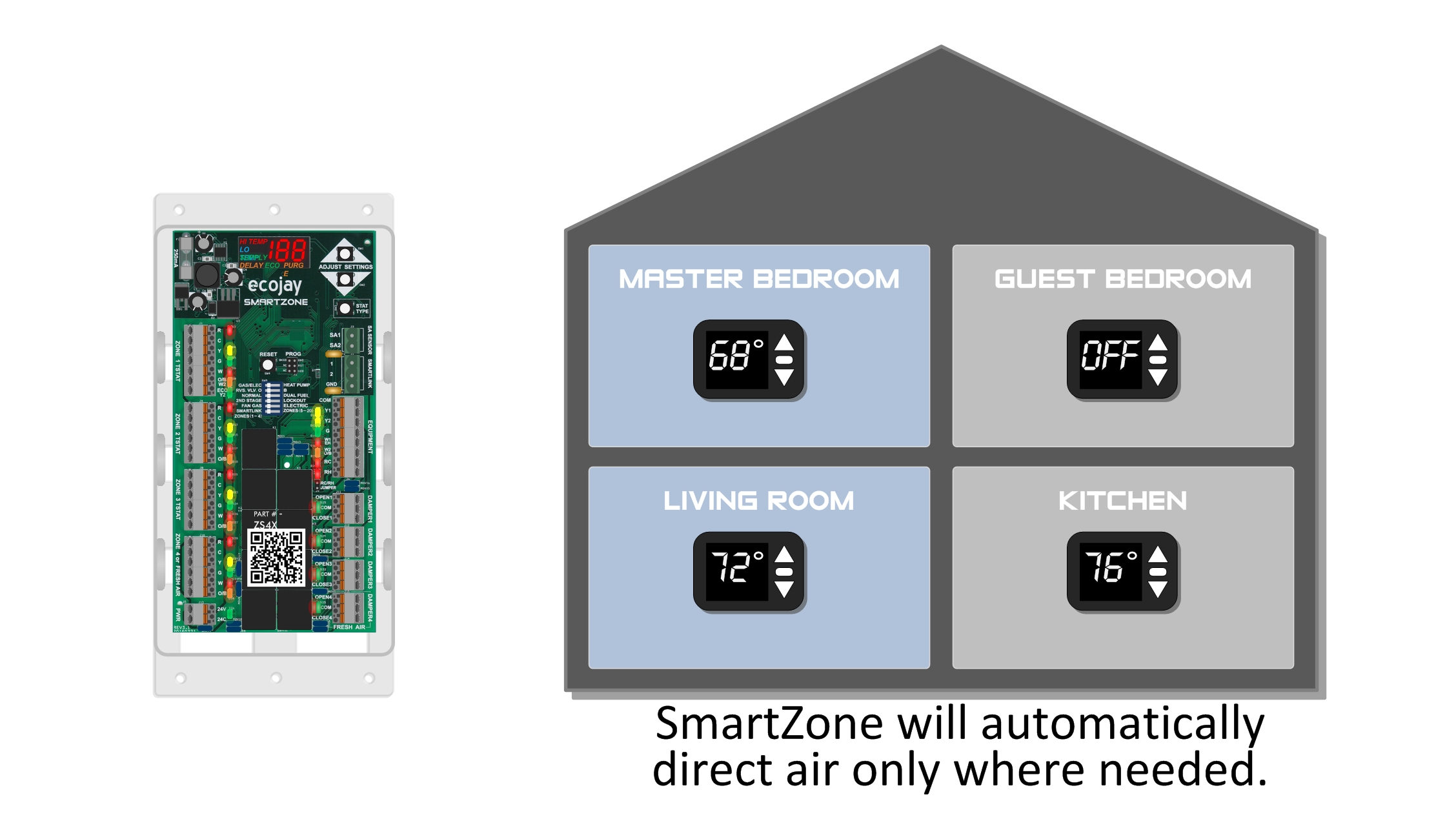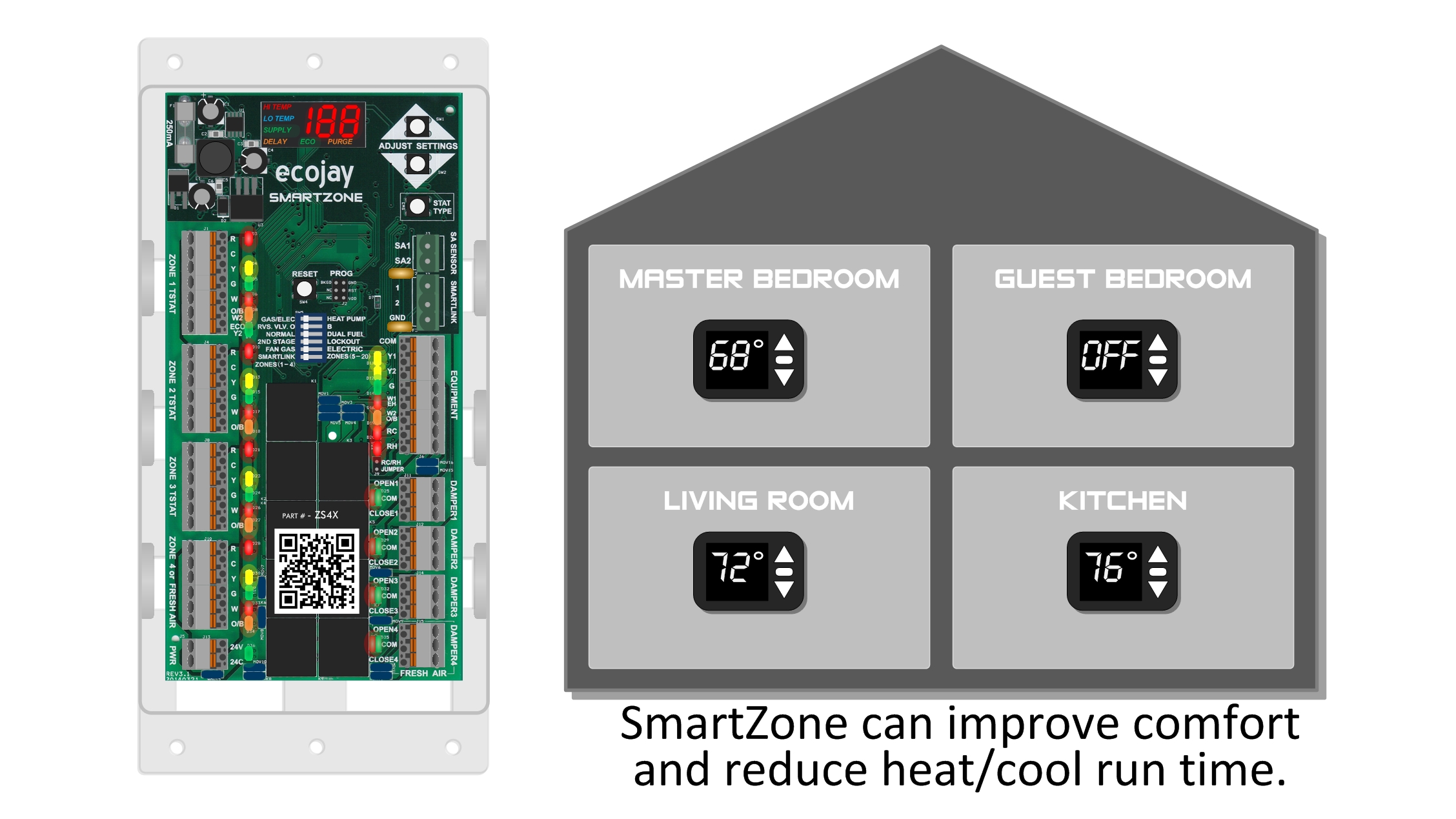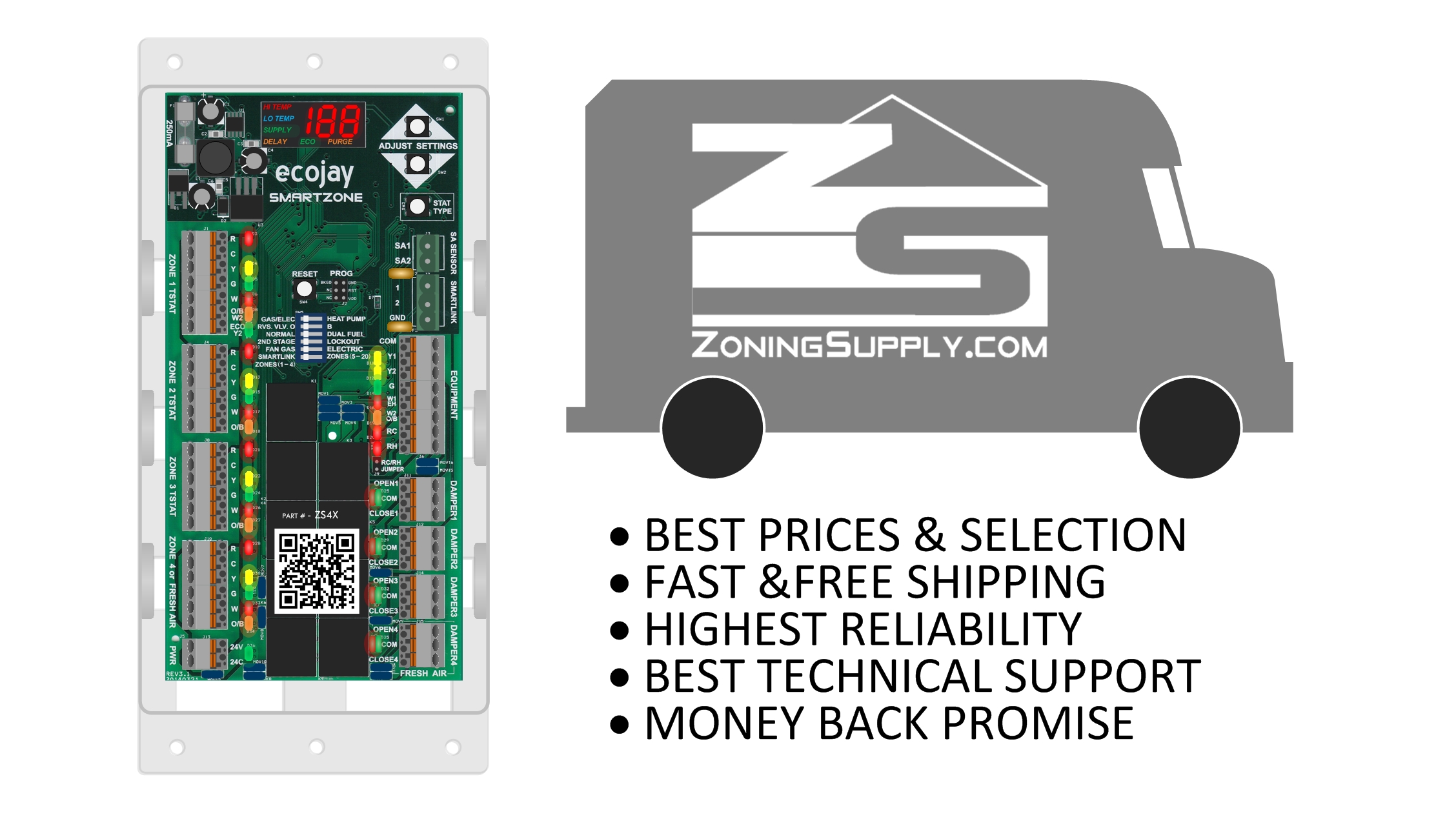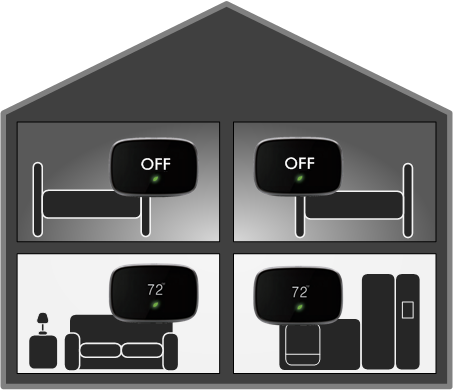A zone control panel manages thermostats, dampers, and HVAC equipment so each zone in a home can be independently heated or cooled. The right panel makes installation simple, reduces troubleshooting headaches, and ensures maximum comfort and energy savings. The wrong choice can mean callbacks, frustration, and unhappy homeowners.
Ecojay SmartZone Overview
The Ecojay SmartZone 3.0 series (including the SmartZone‑4X and SmartZone‑3X) is a newer generation of zone panels designed with contractors and DIY‑savvy homeowners in mind.
Features and Benefits
Universal compatibility with almost any 24VAC thermostat and damper system
Supports conventional, heat pump, dual‑fuel, and multi‑stage systems
Built‑in supply air sensor for equipment staging (up to 3H/2C)
LED indicators for easy wiring and troubleshooting
Simple installation and clear labeling
Strong 5‑year warranty and U.S.‑based support
Pros
Works with virtually any system configuration
Faster installs thanks to intuitive wiring
Reliable long‑term performance
Excellent customer support and documentation
Expandable (up to 20 zones) for future-proof install
Cons
Honeywell TrueZone Overview
The Honeywell TrueZone series (HZ322, HZ432, HZ311, etc.) has been around for years and is one of the most common zoning platforms found in homes today.
Features and Benefits
Designed for 2‑, 3‑, and 4‑zone setups
Familiar brand with widespread availability
Works with most Honeywell thermostats
Pros
Well‑known name in the HVAC industry
Often used by contractors familiar with Honeywell systems
Good availability through wholesalers
Cons
Reported reliability issues, with frequent replacements needed after only a few years
Must use Honeywell thermostats
More complicated wiring and setup compared to SmartZone
Limited staging and fresh‑air integration features
Support is limited to “authorized dealers”
Which One Should You Choose?
If you want ease of installation, maximum compatibility, and long‑term reliability, the Ecojay SmartZone series is the clear winner. The SmartZone‑4X is ideal for larger homes (4 zones - Up to 20 with expandability), while the SmartZone‑3X is the best value for mid‑sized setups.
Honeywell TrueZone panels still have their place, especially for contractors who work mainly with Honeywell thermostats. However, reliability concerns and fewer advanced features make them less attractive for new installs in 2025.
Where to Buy Zone Control Panels
At ZoningSupply.com, you’ll find the full range of Ecojay SmartZone control boards, dampers, and accessories, along with replacement parts for Honeywell and Arzel systems. Whether you’re upgrading an existing setup or starting fresh, we have the products and support to make your project a success.
✅ Final Verdict
Best Overall: Ecojay SmartZone‑4X (ZS4X‑3.0)
Best Value: Ecojay SmartZone‑3X (ZS3X‑3.0)
Still Available: Honeywell TrueZone (HZ432, HZ322) for legacy installs

